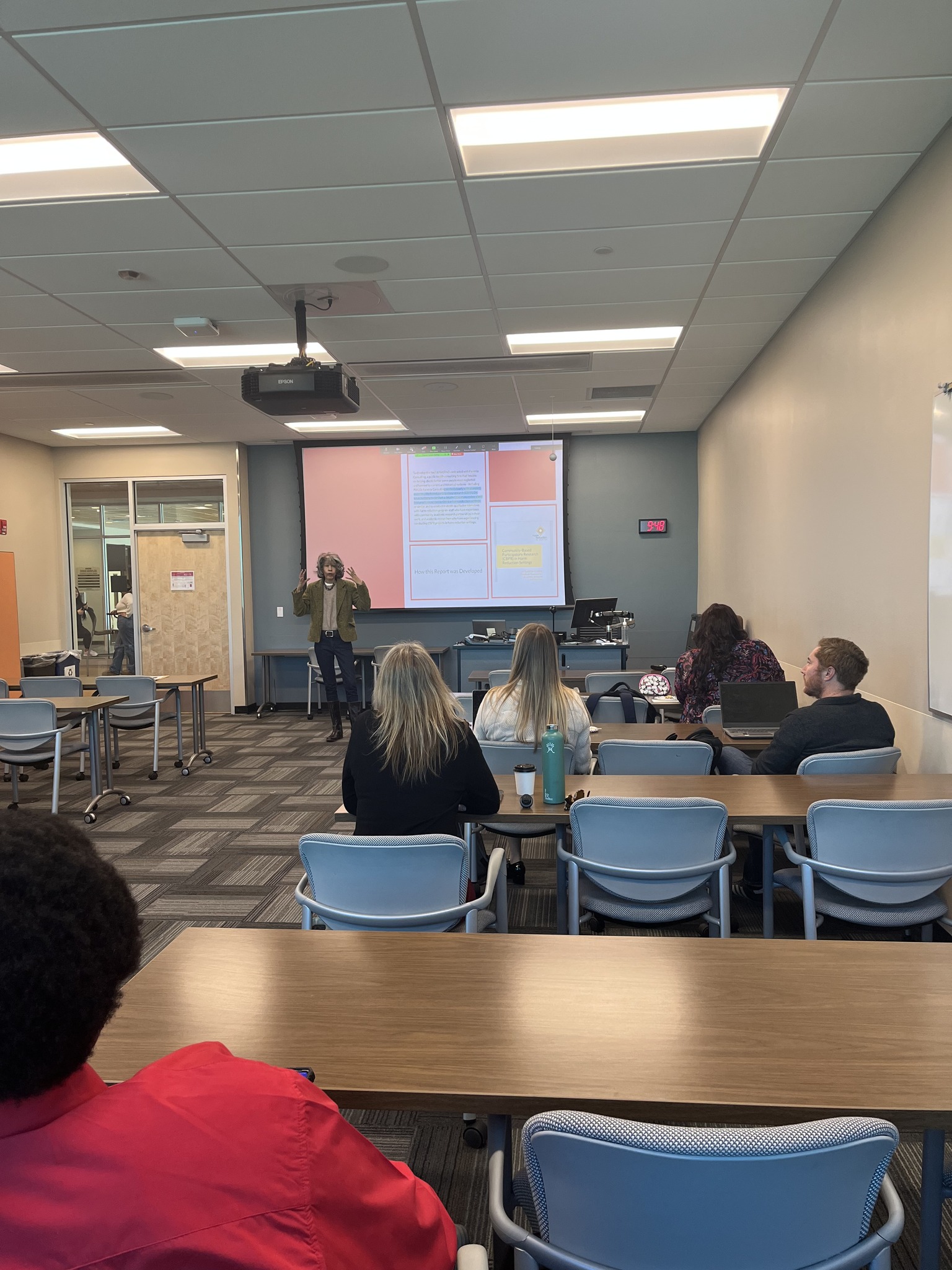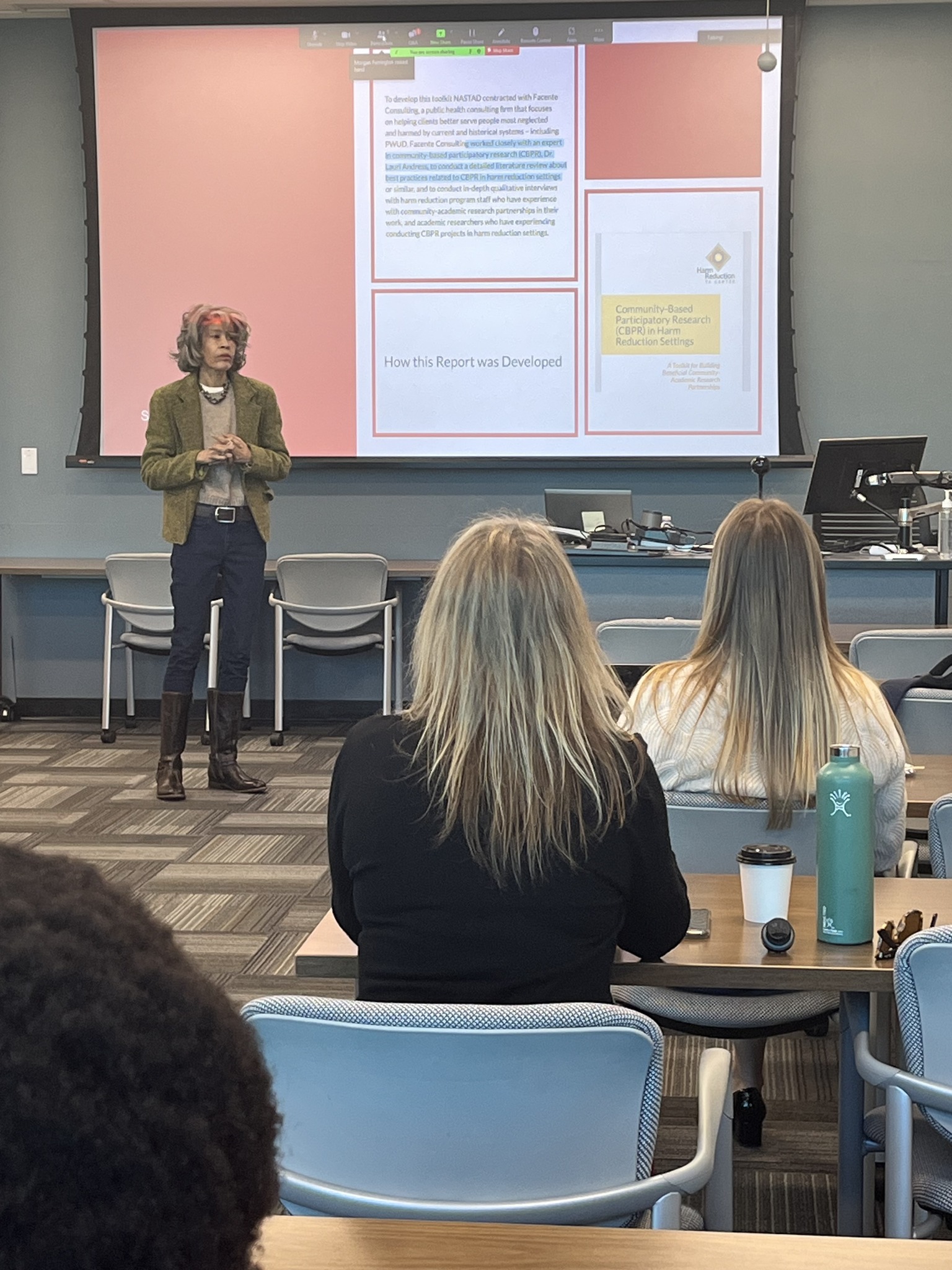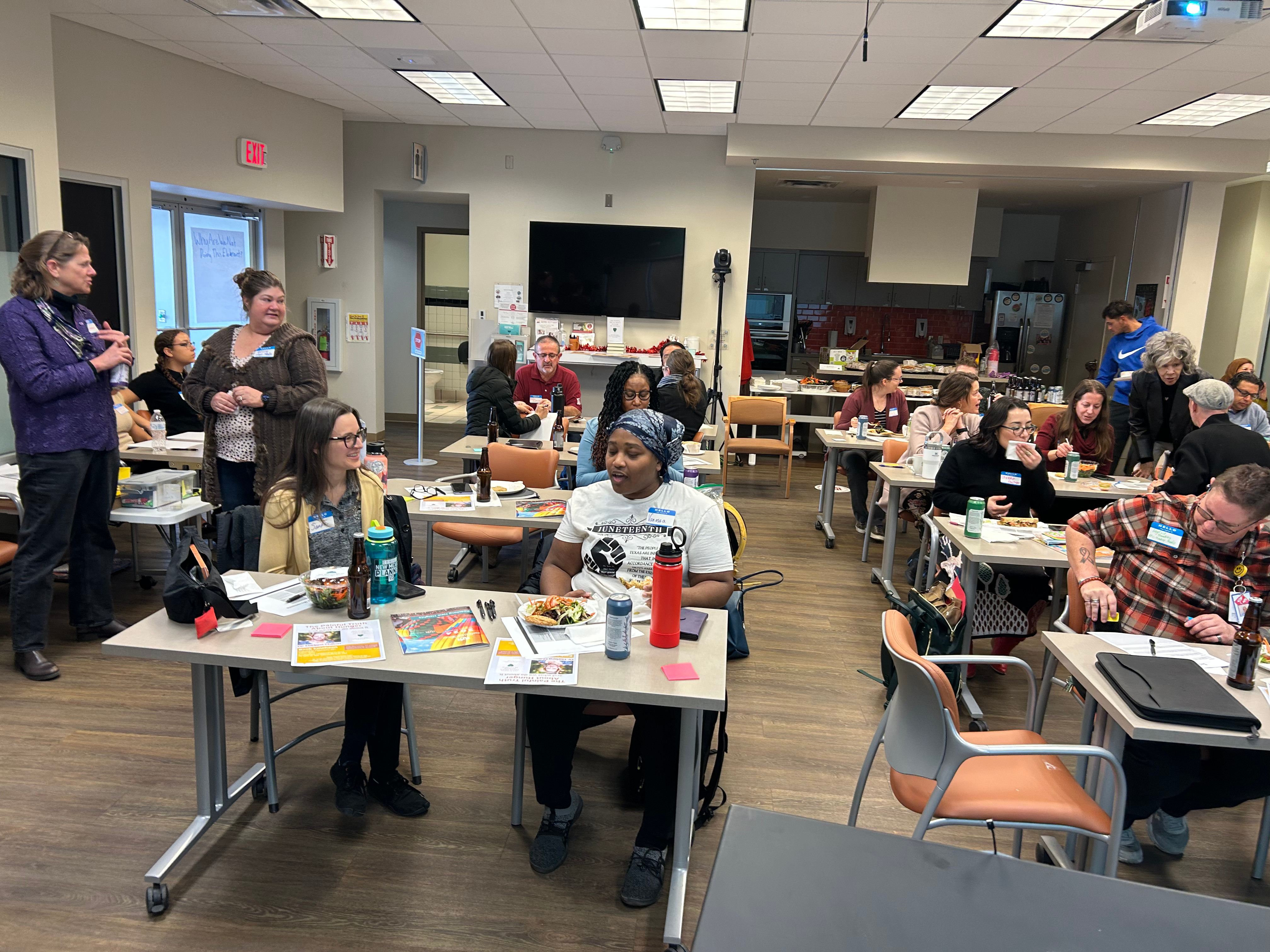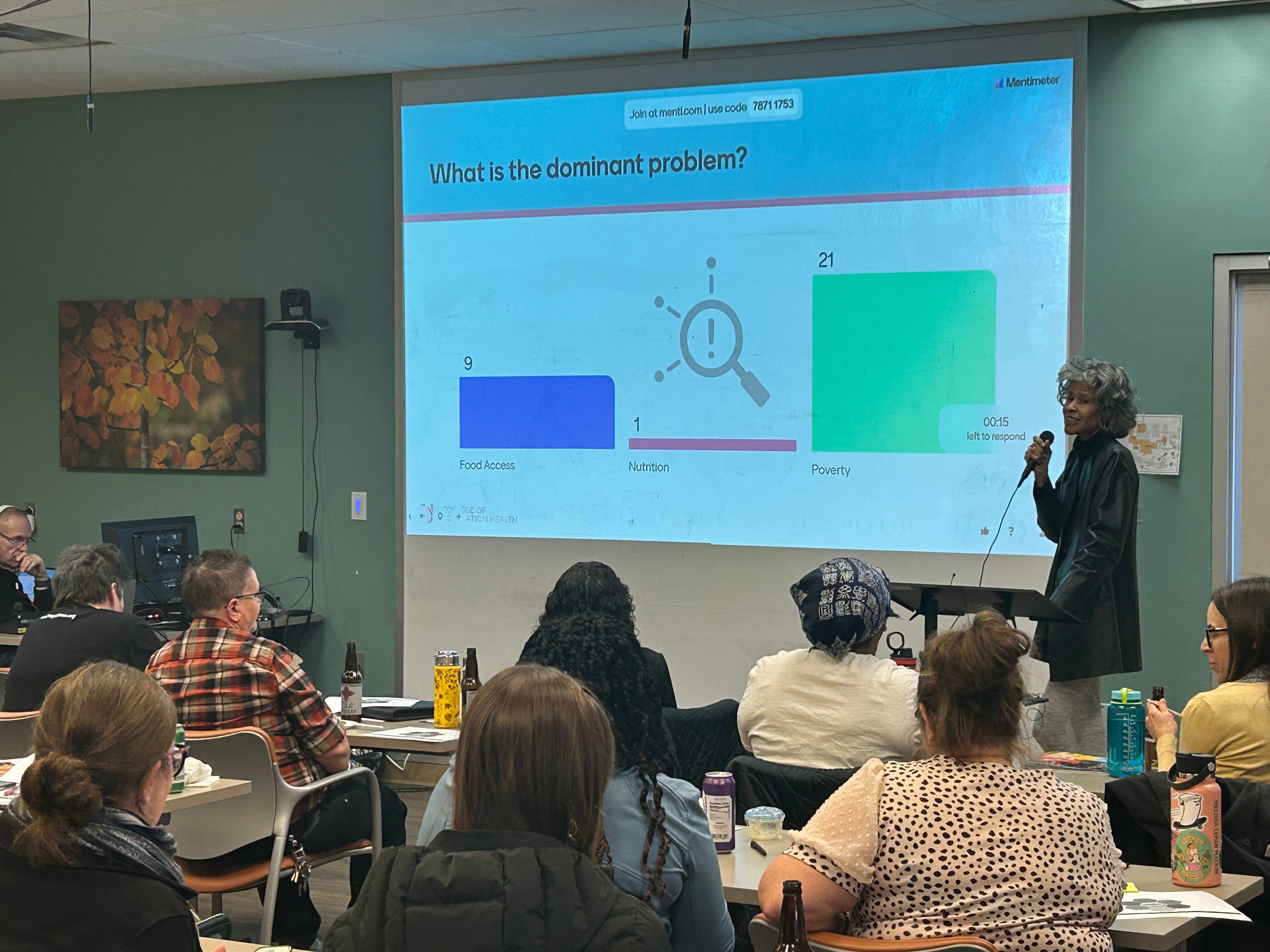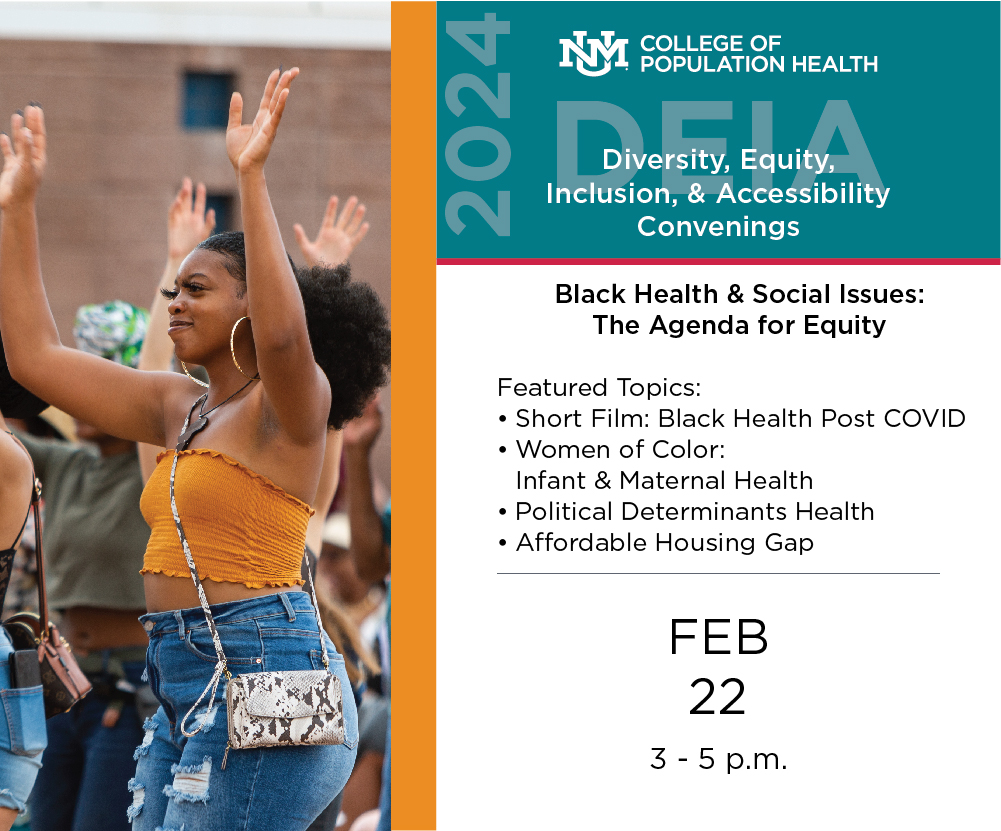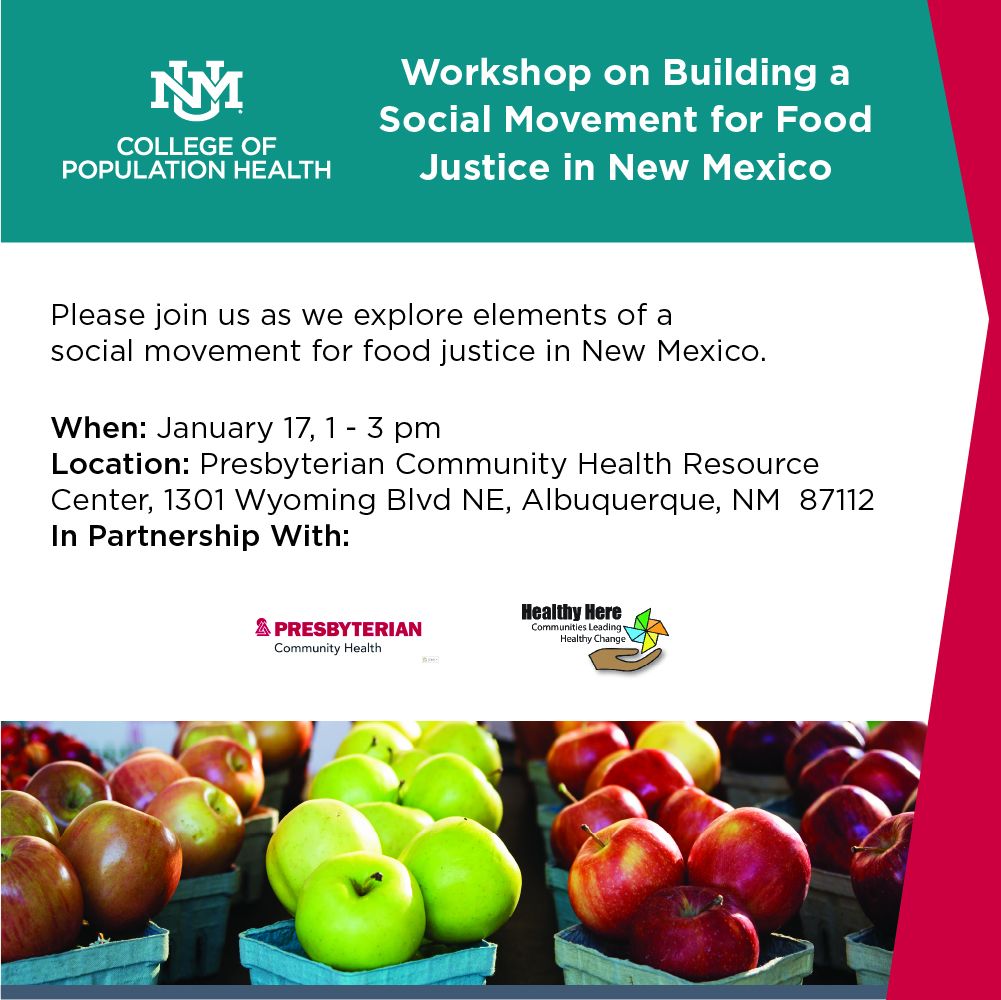Creating Social Justice
In New Mexico…
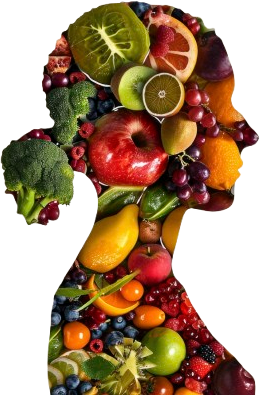
I am an outsider, and this website is a chronicle of how I have arrived at thinking of New Mexico as the place for Social Justice writ large.
In my years of travel and research I feel as if I have never seen such a fervor for social justice.
I first began investigating food and hunger to understand the needs of low wealth groups in West Virgina when I started working at West Virginia University in 2013. So, it seemed only right that I would start that way in another rural space that was new to me. This website depicts my investigation on how food security "looks" in New Mexico by portraying different narratives of food as a concept of social justice.
However, as the website also indicates, while New Mexico centers social justice as an important value and highly utilized discourse, this may not be same for Black New Mexicans. A section of the website deals with the invisabilization of Blacks in New Mexico.
- Dr. Lauri Andress
Background
I am external witness and observer of New Mexico. As an outsider I always work hard to establish transparency, set a level playing field, and make clear my lack of expertise based on residency and birth.
I first visited New Mexico via Santa Fe around 1997 as one of three graduation trips after completing law school. It was a lovely adventure filled with rest, art and interesting restaurants. I visited again after Christmas around 2005 to stay in Santa Fe for the New Year’s holiday.
My next experience with New Mexico started remotely in May 2023 with an appointment as a faculty member and associate dean at University of New Mexico, College of Population Health in Albuquerque. I moved to Albuquerque in September 2023.
I am an outsider, and this website is my chronicle of what I have come to think of as the State of Social Justice writ large. In my years of travel and research I feel as if I have never seen such a fervor for social justice.
Because I began investigating food and hunger as a way to understand needs when I started working in West Virginia in 2013 it seemed only right that I would start that way in another rural space that was new to me. So, the website depicts my investigation on how food security “looks” in New Mexico. The website portrays different narratives of food as a concept of social justice. In this case you will find excerpts from interviews with food security advocates.
Also, because New Mexico feels like West Virginia when it comes to state of African Americans, I picked up that line of inquiry started in West Virginia, i.e., Black infant and maternal health disparities Lived Experiences of Trauma - Place & Health in West Virginia.
However, as the website indicates and investigates, while my observations center social justice as an important value and highly utilized discourse in New Mexico this may not be same for Black New Mexicans. A section of the website deals with the invisabilization of Blacks in New Mexico.
Biography
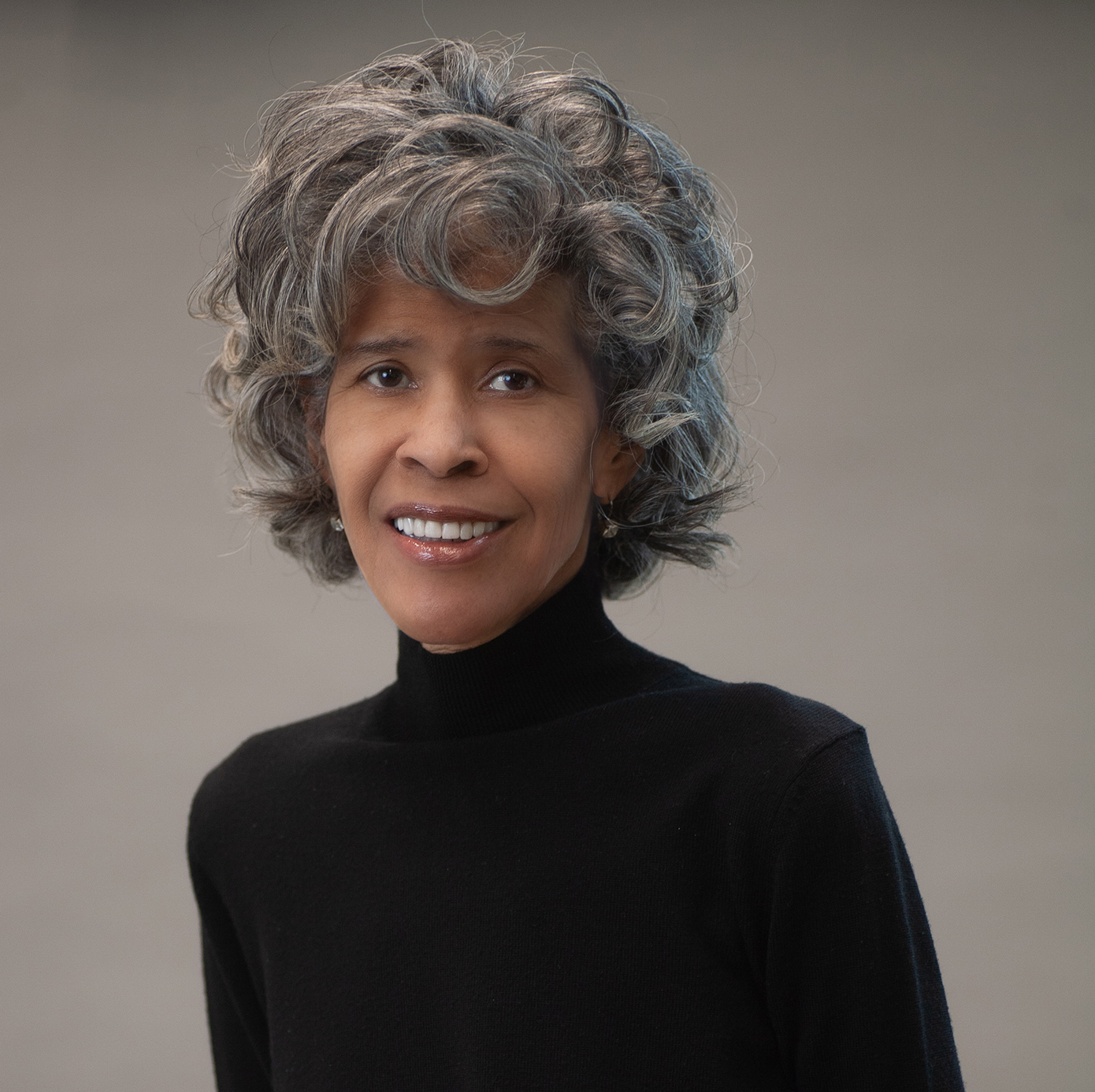
Dr. Lauri Andress, manifests principles of equity in her everyday life through theories and research on food security, hunger, social exclusion and racism, and through scholarship, activism, and service provided to students, the community, and within the academic setting. During her studies, Dr. Andress secured a Master of Public Health and Ph.D. in Community Health Science (University of Texas Health Sciences Center, major in health policy; concentration in Management and Policy Sciences), and a law degree from South Texas College of Law, Houston, Texas.
Connected to broader interests in the achievement of equity through structural and policy change, predicated on the social determinants of health (SDOH) as an agenda setting tool and framing device her career has provided equity-oriented leadership, scholarship, and instruction in public health settings, community-driven initiatives, schools of medicine, and government and political settings. An important guiding vision for Dr. Andress’ efforts is to shift the way that society thinks about and conceptualizes notions of good and poor health, making room for the prioritization of non- medical factors framed around equity, mutual respect, and social justice.
Dr. Andress’ early career included work in public health governance and political settings. She led teams that launched the Centers for Health Equity in Wisconsin and Louisville, Kentucky. Through her experiences, she developed skills in strategic communication serving as Public Information Officer and Chief of Public Affairs in Houston’s Department of Health and Human Services. Later, I assumed the position of Policy and Communications aide in Washington D. C. for the 18th Congressional District of Texas. While completing her doctorate she worked for one of the leading U.S. experts on population health, Dr. Alvin Tarlov, at the Texas Program for Society and Health at the Baker Institute for Public Policy, Rice University. As the Director of Operations & Strategic Political Action, her work focused on research, policy advocacy, and message framing around the SDOH with an emphasis on health equity from an international perspective- largely the United Kingdom and Canada.
Dr. Andress is a subject matter expert on the use of photovoice to highlight the voices and lived experiences of underrepresented groups. This has been an important part of her epistemology since working with Appalachian populations upon joining West Virginia University in 2013. Her aim is to always build platforms for the voices, interests, and issues of the invisible so they can participate in the policy making process, communications, and agenda setting to address inequities.
She incorporates a range of qualitative research skills including ethnographic techniques with content analysis of documents, and data collected from photos, community reflections, interviews, focus groups, print and electronic media, and videos. These photovoice projects have examined community redevelopment for low wealth neighborhoods, food insecurity, social justice, the invisibilization of Blacks in New Mexico, and food deserts, transportation and infant and maternal health issues of oppressed groups including Appalachian low-income and racialized women, families, the homeless, and the elderly see Home Page - Place & Health in West Virginia.
One of the largest, multi-year, photovoice projects that Andress designed was “Imagining the West Side”, a photovoice exhibition that explored three ideas on how “place” shapes the health of the people that inhabit that space The Equity Orientation - Place & Health in West Virginia
Other projects and publications include the following:
Andress, L., & Fitch, C. (2016). Juggling the five dimensions of food access: Perceptions of rural low- income residents. Appetite, 105, 151-155.
Andress, L & Hallie, S. (2017). “Co -constructing Food Access Issues: Older Adults in A Rural Food Environment in West Virginia Develop a Photonarrative". Cogent Medicine [(online], 4(1) Article: 1309804. Available at http://www.tandfonline.com/doi/full/10.1080/2331205X.2017.1309804
Imagining the West Side: Constructing Health through the Built Environment. A Photo Exhibition and Video. West Virginia University, Health Sciences Center April 10-27, 2017; Downtown Campus Library Atrium Aug. 7-31, 2017. Imagining the West Side Tour & Discussion | Facebook also located at https://goo.gl/jd9ff6
Andress, Lauri, "Imagining the West Side" (2018). Faculty & Staff Scholarship. 1104. See video at "Imagining the West Side" by Lauri Andress plus https://researchrepository.wvu.edu/faculty_publications/1104
Andress L, Scalise D, Wright JG, Moore SE. Fitting a square peg into a round hole: Perceptions of Appalachian physicians on the incorporation of chronic disease prevention into their practice. Preventive Medicine Reports. 2018;11:216-20. Available at https://doi.org/10.1016/j.pmedr.2018.06.002
Andress, L. (2017). Using a social ecological model to explore upstream and downstream solutions to rural food access for the elderly. Cogent Medicine [online], 4(1), Article: 1393849. Available at: https://doi.org/10.1080/2331205X.2017.1393849
Essays in an Exhibition: Imagining the West Side: Constructing Health through the Built Environment. A Photo Exhibition, Essays, Narratives, and Video. West Virginia University, Health Sciences Center April 10- 27, 2017; WVU Downtown Campus Library Atrium Aug. 7-31, 2017.; West Side Community Meeting, Mary C. Snow Elementary Charleston, WV September 11, 12, 14, 2017. Located at https://goo.gl/jd9ff6
Food Justice Narratives
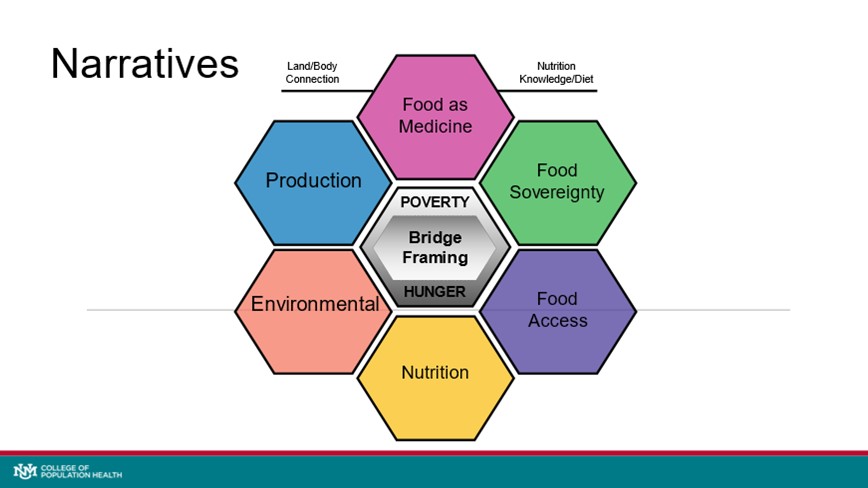
Community Events & Presentations
